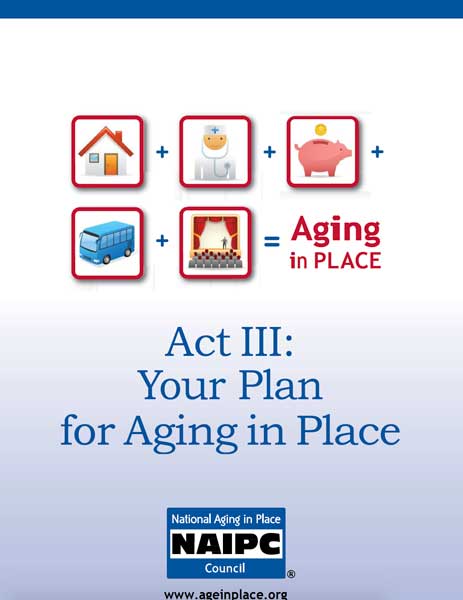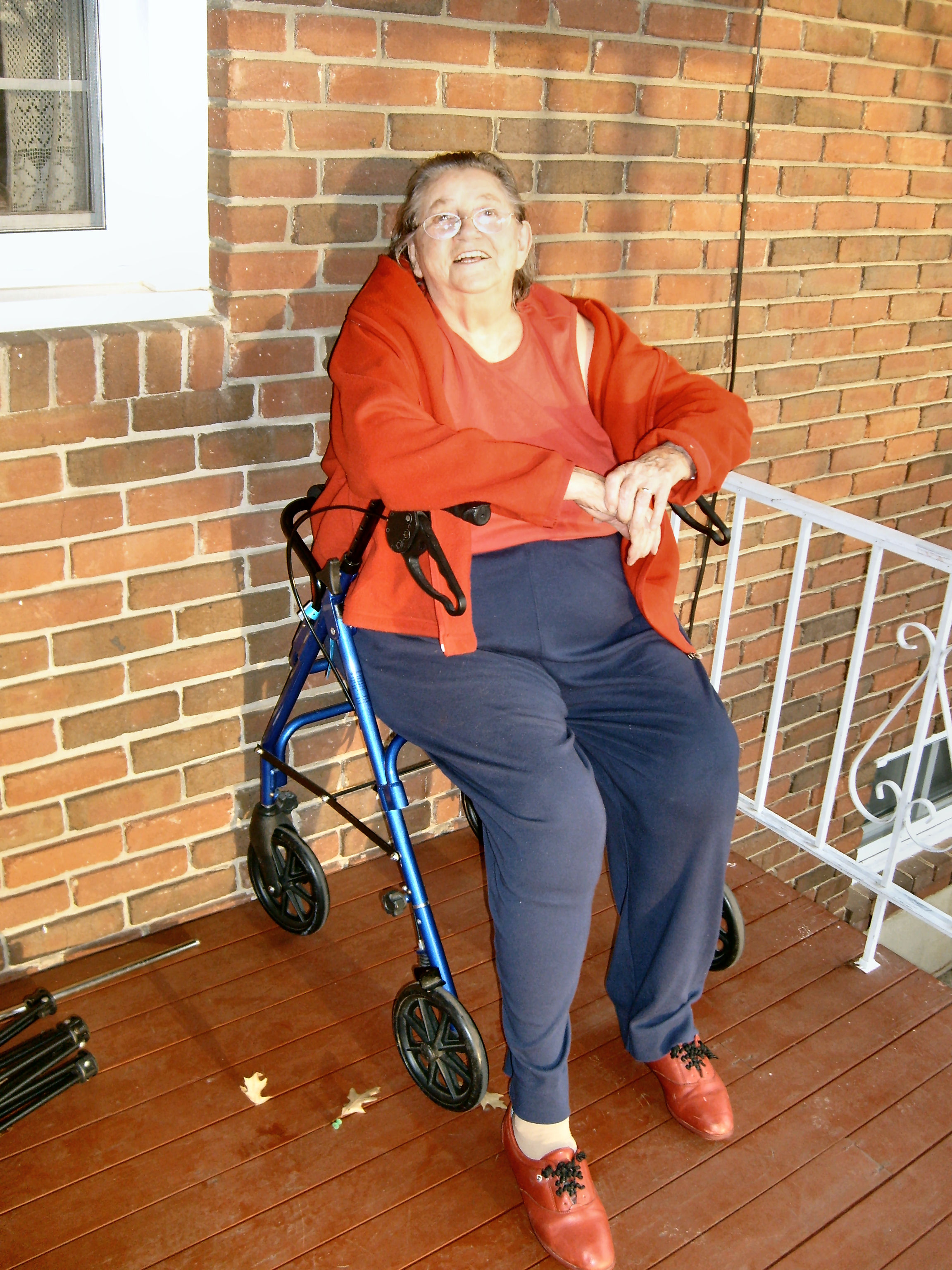While this phrase is more closely associated with Christmas and December than it is with January and the start of a new year, I’m talking about a different type of list. The type of list I am referring to is a checklist that you can use to determine how safe and accessible your home is for you and your loved ones. There are dozens of these checklists available that have been developed by various organizations including the Center for Universal Design, Easter Seals, and Rebuilding Together. They run the gamut from simple one page checklists to very extensive room by room inventories of your home. While they all have some value, nothing takes the place of a professional assessment. A good checklist is a great place to start looking at your home to see if you need some home modifications. Here is my own list of some of the top areas to look at:
Is there an accessible route into and around the home? Make sure you have at least one zero step entry into the home (preferably covered) and wide doorways and hallways throughout the home.
Are the bathrooms safe and usable by everyone in the home? More falls occur in the bathroom than anywhere else in the home. A curbless shower or walk in tub, a comfort height commode, accessible sink, grab bars, and good lighting will go a long way towards making the bathroom safer and more accessible.
Safety in the kitchen. In order for the kitchen to be a safe place to prepare meals, make sure that there are clear walkways and room to move around. A sink and cooktop with knee space below allow someone to use them from a seated position. Pull down shelving in the upper cabinets and pull out shelving in the lower cabinets allow easy access. Contrasting edges on countertops and bright, glare free lighting make it easier to see what you are doing for those with diminished eyesight.
Look out for clutter. Many falls occur at home because of loose throw rugs, trailing extension cords or simply clutter laying around in the walkway. Take the time to clean up clutter, fix loose flooring and reroute or rewire extension cords.
Make sure help is available when you need it. A good support system is vital, particularly for an older person who lives alone. A good option is an electronic remote activity monitoring system like Simply Home. I have written about Simply Home several times in Housing Matters. This customized system will send out an alert if any of the preprogrammed events trigger the system. For example, it will automatically turn off the stove if it is left on and there is no movement in the kitchen for a certain period of time.
Be careful with stairs. Stairs can be a particular challenge for anyone with diminished mobility. Many people contemplate a home with single story living as they get older. If this is not an option for you, make sure you have adequate railings on both sides of the stairs, the treads are made of a non slip material, and there is plenty of light. Having the treads and risers of a contrasting color can help prevent falls by making the transition easier to see. A stair lift is a popular option if climbing stairs has become difficult.
I have just touched the surface. For more information, give me a call at 540-556-0650 or come see us at the Greater Roanoke Home and Garden Show Jan 11-13 at the Roanoke Civic Center.


